What We See When We Read
August 14, 2014 |The Pris Review
If I said to you, “Describe Anna Karenina,” perhaps you’d mention her beauty. If you were reading closely you’d mention her “thick lashes,” her weight, or maybe even her little downy mustache (yes—it’s there). Matthew Arnold remarks upon “Anna’s shoulders, and masses of hair, and half-shut eyes … ”
But what does Anna Karenina look like? You may feel intimately acquainted with a character (people like to say, of a brilliantly described character, It’s like I know her), but this doesn’t mean you are actually picturing a person. Nothing so fixed—nothing so choate.
Most authors (wittingly, unwittingly) provide their fictional characters with more behavioral than physical description. Even if an author excels at physical description, we are left with shambling concoctions of stray body parts and random detail (authors can’t tell us everything). We fill in gaps. We shade them in. We gloss over them. We elide. Anna: her hair, her weight—these are only facets, and do not make up a true image of a person. They make up a body type, a hair color … What does Anna look like? We don’t know—our mental sketches of characters are worse than police composites.
Visualizing seems to require will …
… though at times it may also seem as though an image of a sort appears to us unbidden.
(It is tenuous, and withdraws shyly upon scrutiny.)
I canvass readers. I ask them if they can clearly imagine their favorite characters. To these readers, a beloved character is, to borrow William Shakespeare’s phrase, “bodied forth.”
These readers contend that the success of a work of fiction hinges on the putative authenticity of the characters. Some readers go further and suggest that the only way they can enjoy a novel is if the main characters are easily visible:
“Can you picture, in your mind, what Anna Karenina looks like?” I ask.
“Yes,” they say, “as if she were standing here in front of me.”
“What does her nose look like?”
“I hadn’t thought it out; but now that I think of it, she would be the kind of person who would have a nose like … ”
“But wait—How did you picture her before I asked? Noseless?”
“Well … ”
“Does she have a heavy brow? Bangs? Where does she hold her weight? Does she slouch? Does she have laugh lines?”
(Only a very tedious writer would tell you this much about a character. Though Tolstoy never tires of mentioning Anna’s slender hands. What does this emblematic description signify for Tolstoy?)
Some readers swear they can picture these characters perfectly, but only while they are reading. I doubt this, but I wonder now if our images of characters are vague because our visual memories are vague in general.
* * *
A thought experiment: Picture your mother. Now picture your favorite literary character. (Or: Picture your home. Then picture Howards End.) The difference between your mother’s afterimage and that of a literary character you love is that the more you concentrate, the more your mother might come into focus. A character will not reveal herself so easily. (The closer you look, the farther away she gets.)
(Actually, this is a relief. When I impose a face on a fictional character, the effect isn’t one of recognition, but dissonance. I end up imagining someone I know.* And then I think, That isn’t Anna!)
 *I recently
had the experience while reading a novel wherein I thought I had clearly seen a
character—a society woman with “widely spaced eyes.” When I subsequently
scrutinized my imagination, I discovered that what I had been imagining was the
face of one of my coworkers, grafted onto the body of an elderly friend of my
grandmother’s. When brought into focus, this was not a pleasant
sight.
*I recently
had the experience while reading a novel wherein I thought I had clearly seen a
character—a society woman with “widely spaced eyes.” When I subsequently
scrutinized my imagination, I discovered that what I had been imagining was the
face of one of my coworkers, grafted onto the body of an elderly friend of my
grandmother’s. When brought into focus, this was not a pleasant
sight.
Often, when I ask someone to describe the physical appearance of a key character from their favorite book they will tell me how this character moves through space. (Much of what takes place in fiction is choreographic.)
One reader told me Benjy Compson from William Faulkner’s The Sound and the Fury was “lumbering, uncoordinated … ”
But what does he look like?
Literary characters are physically vague—they have only a few features, and these features hardly seem to matter—or, rather, these features matter only in that they help to refine a character’s meaning. Character description is a kind of circumscription. A character’s features help to delineate their boundaries—but these features don’t help us truly picture a person.*
* * *
It is precisely what the text does not elucidate that becomes an invitation to our imaginations. So I ask myself: Is it that we imagine the most, or the most vividly, when an author is at his most elliptical or withholding?
(In music, notes and chords define ideas, but so do rests.)
*Or is it that comprehensiveness is not an important factor in the identification of anything?
William Gass, on Mr. Cashmore from Henry James’s The Awkward Age:
We can imagine any number of other sentences about Mr. Cashmore added … now the question is: what is Mr. Cashmore? Here is the answer I shall give: Mr. Cashmore is (1) a noise, (2) a proper name, (3) a complex system of ideas, (4) a controlling perception, (5) an instrument of verbal organization, (6) a pretended mode of referring, and (7) a source of verbal energy.
The same could be said of any character—of Nanda, from the same book, or of Anna Karenina. Of course—isn’t the fact that Anna is ineluctably drawn to Vronsky (and feels trapped in her marriage) more significant than the mere morphological fact of her being, say, “full-figured”?
It is how characters behave, in relation to everyone and everything in their fictional, delineated world, that ultimately matters. (“Lumbering, uncoordinated …”)
Though we may think of characters as visible, they are more like a set of rules that determines a particular outcome. A character’s physical attributes may be ornamental, but their features can also contribute to their meaning.
(What is the difference between seeing and understanding?)
Take Karenin’s ears … (Karenin is the cuckolded husband of Anna Karenina.) Are his ears large or small?
At Petersburg, so soon as the train stopped and she got out, the first person that attracted her attention was her husband. ‘Oh, mercy! Why do his ears look like that?’ she thought, looking at his frigid and imposing figure, and especially the ears that struck her at the moment as propping up the brim of his round hat …
Karenin’s ears grow in proportion to his wife’s disaffection with him. In this way, these ears tell us nothing about how Karenin looks, and a great deal about how Anna feels.
Ishmael.” What happens when you read the first line of Herman Melville’s Moby-Dick?
You are being addressed, but by whom? Chances are you hear the line (in your mind’s ear) before you picture the speaker. I can hear Ishmael’s words more clearly than I can see his face. (Audition requires different neurological processes than vision, or smell. And I would suggest that we hear more than we see while we are reading.)
If you did manage to summon an image of Ishmael, what did you come up with? A seafaring man of some sort? (Is this a picture or a category?) Do you picture Richard Basehart, the actor in the John Huston adaptation?
(One should watch a film adaptation of a favorite book only after considering, very carefully, the fact that the casting of the film may very well become the permanent casting of the book in one’s mind. This is a very real hazard.)
* * *
What color is your Ishmael’s hair? Is it curly or straight? Is he taller than you? If you don’t picture him clearly, do you merely set aside a chit, a placeholder that says, “Protagonist, narrator—first person”? Maybe this is enough. Ishmael probably evokes a feeling in you—but this is not the same as seeing him.
Maybe Melville had a specific image in mind for his Ishmael. Maybe Ishmael looked like someone he knew from his years at sea. But Melville’s image is not ours. And no matter how well illustrated Ishmael may or may not be (I can’t remember if Melville describes Ishmael’s physical attributes, and I’ve read the book three times), chances are we will have to constantly revise our image of him as the book progresses. We are ever reviewing and reconsidering our mental portraits of characters in novels: amending them, backtracking to check on them, updating them when new information arises …
What kind of face you assign to Ishmael might depend upon what mood you are in on a particular day. Ishmael might look as different from one chapter to the next as, say, Tashtego does from Stubb.
Sometimes, in a play, several actors perform a single role. In these instances, the cognitive dissonance aroused by multiple actors is evident to the theatrical audience. But after reading a novel, we think back on its characters as if they were played by single actors. (In a narrative, multiplicity of “character” is read as psychological complexity.)
Another question: As a character develops throughout the course of a novel, does the way this character “looks” to you (their appearance) change … as a result of their inner development? (A real person may become more beautiful to us once we are better acquainted with their nature—and in these cases our increased affection isn’t due to some closer physical observation.)
Are characters complete as soon as they are introduced? Perhaps they are complete, but just out of order; the way a puzzle might be.
Levin gazed at the portrait, which stood out from the frame in the brilliant light thrown on it, and he could not tear himself away from it … It was not a picture, but a living, charming woman, with black curling hair, with bare arms and shoulders, with a pensive smile on the lips, covered with soft down; triumphantly and softly she looked at him with eyes that baffled him. She was not living only because she was more beautiful than a living woman can be.
—Anna Karenina
Peter Mendelsund is the associate art director of Alfred A. Knopf and a recovering classical pianist. His designs have been described by The Wall Street Journal as being “the most instantly recognizable and iconic book covers in contemporary fiction.” He lives in New York.
8 Comments
'學術, 敎育' 카테고리의 다른 글
| Mapping the Migration of Western Culture Over 2,000 Years (0) | 2015.10.20 |
|---|---|
| 'Mansplaining' Validated By Oxford Dictionaries (0) | 2015.10.20 |
| 17 of the Cheesiest Songs Ever (0) | 2015.10.20 |
| The Future of College? (0) | 2015.10.20 |
| ‘세기의 미인’ 오드리 헵번의 스무 살 친손녀, 이렇게 예쁠 수가… (0) | 2015.10.20 |
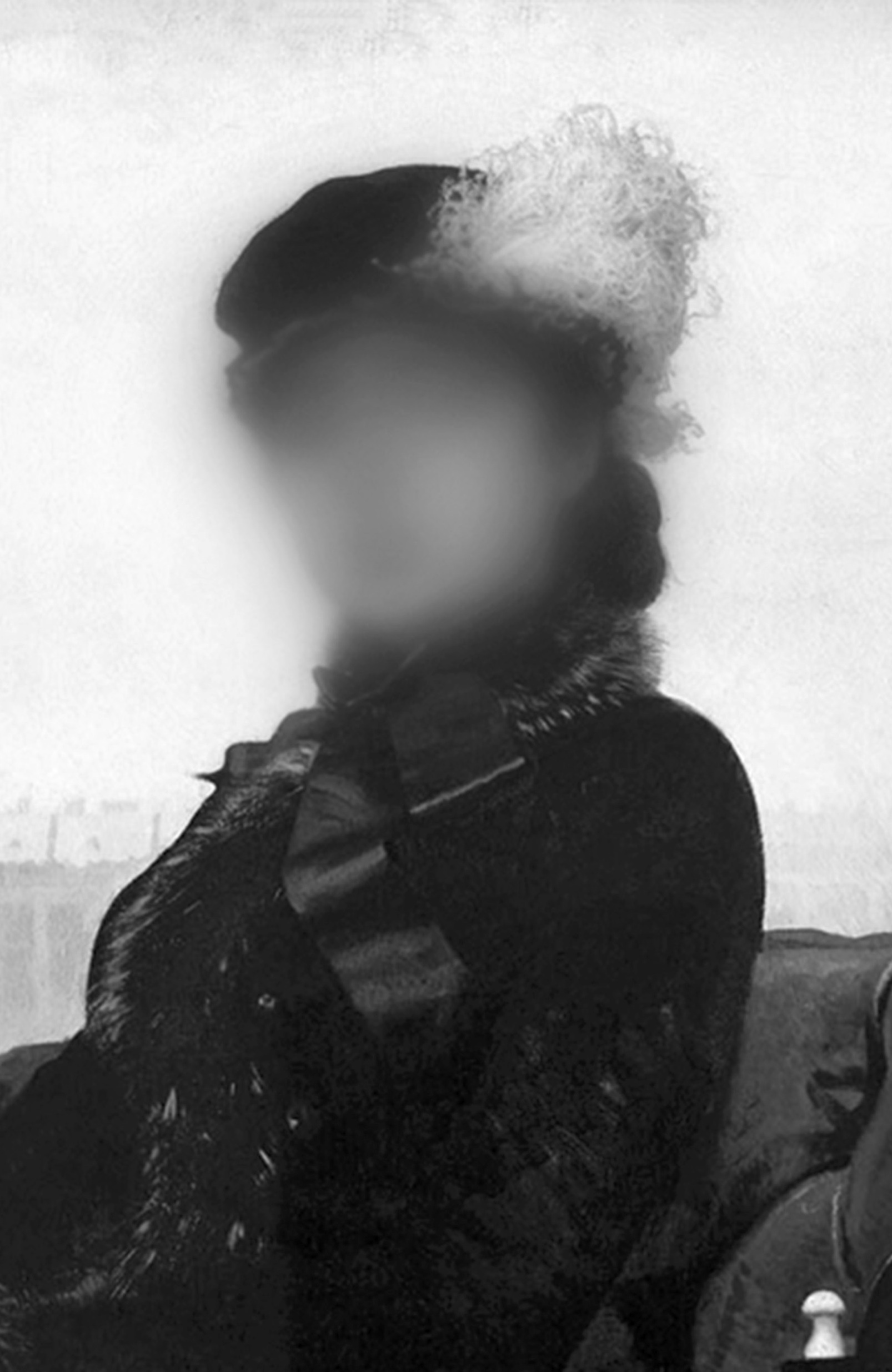

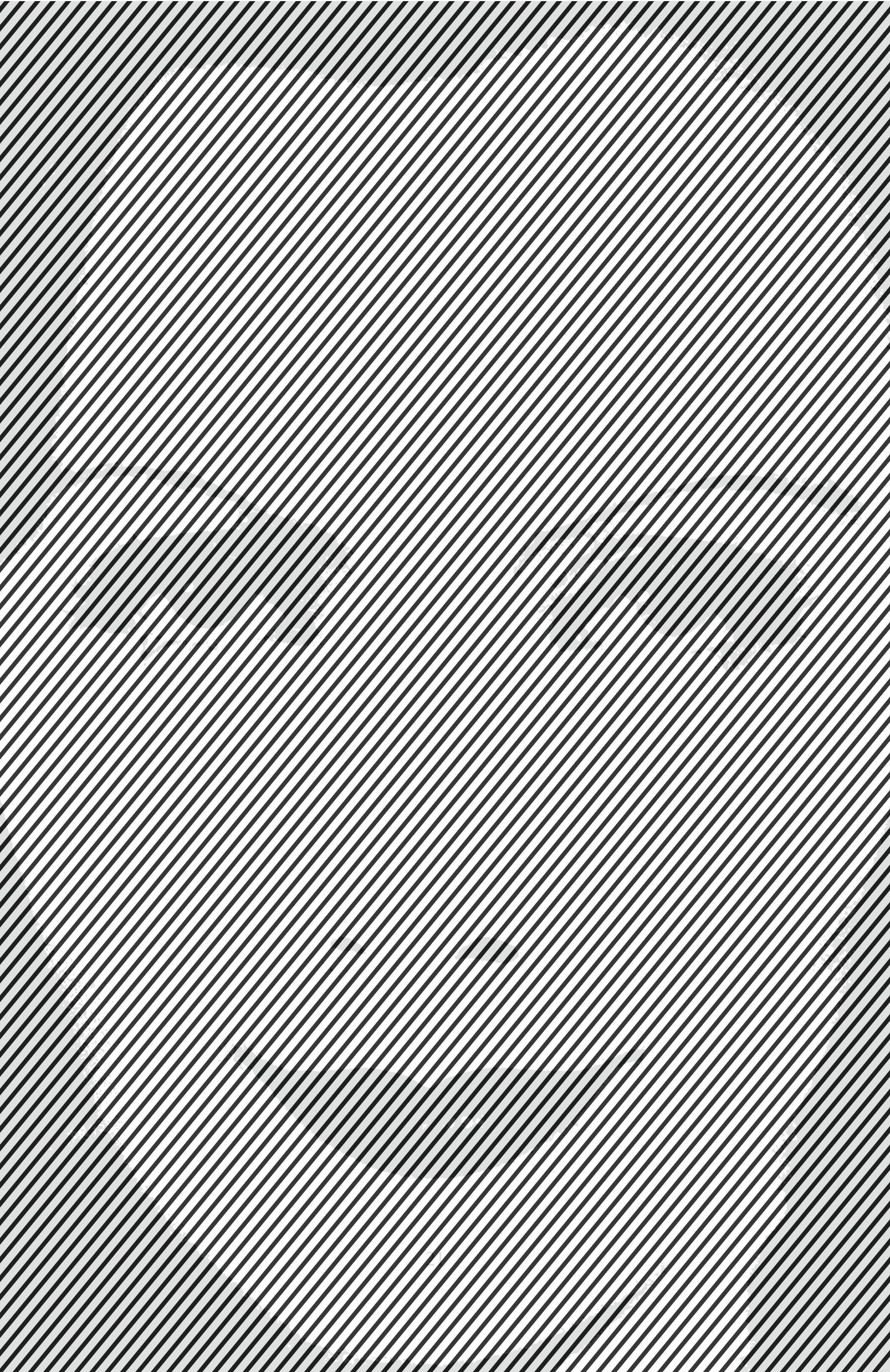

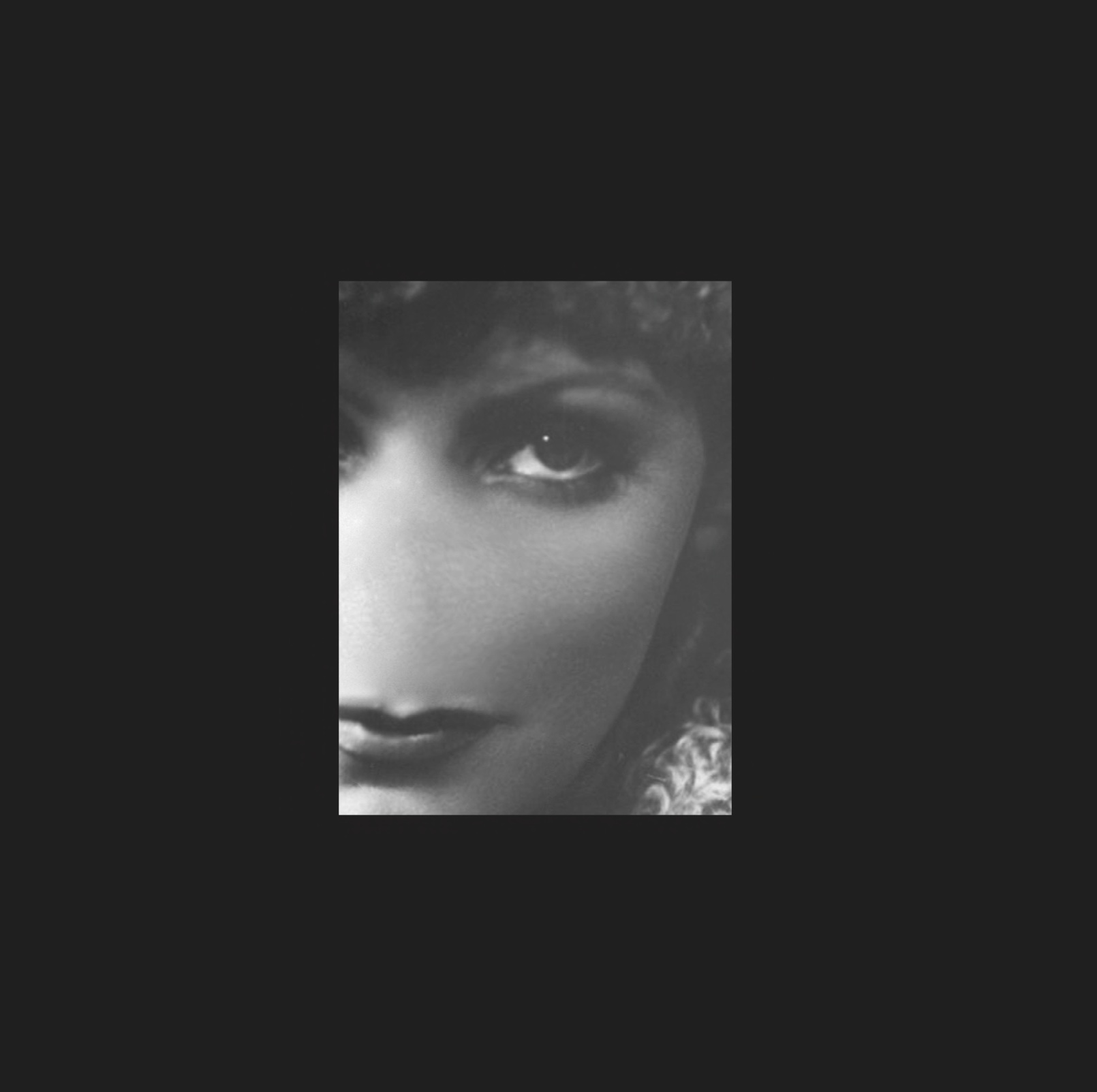

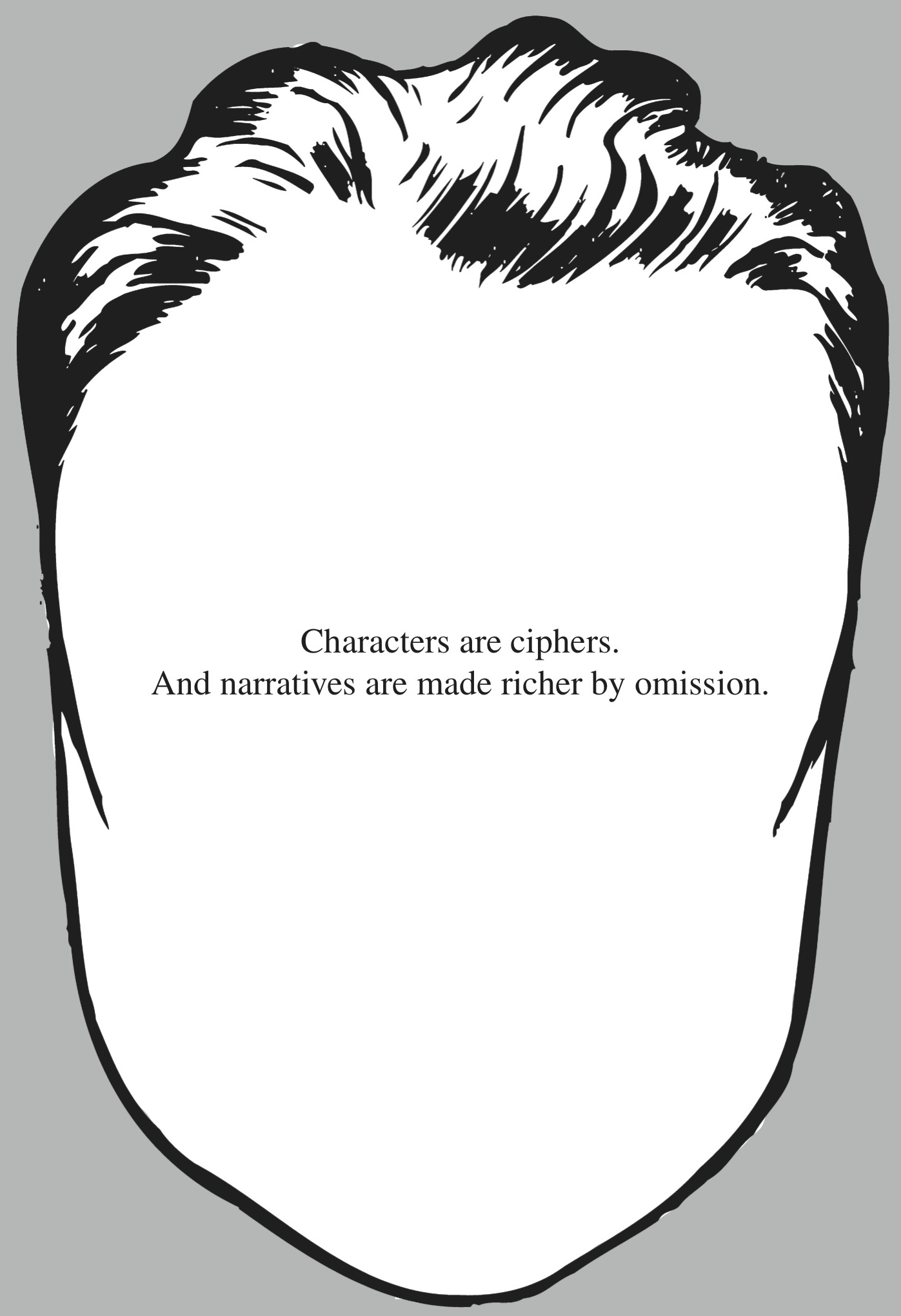
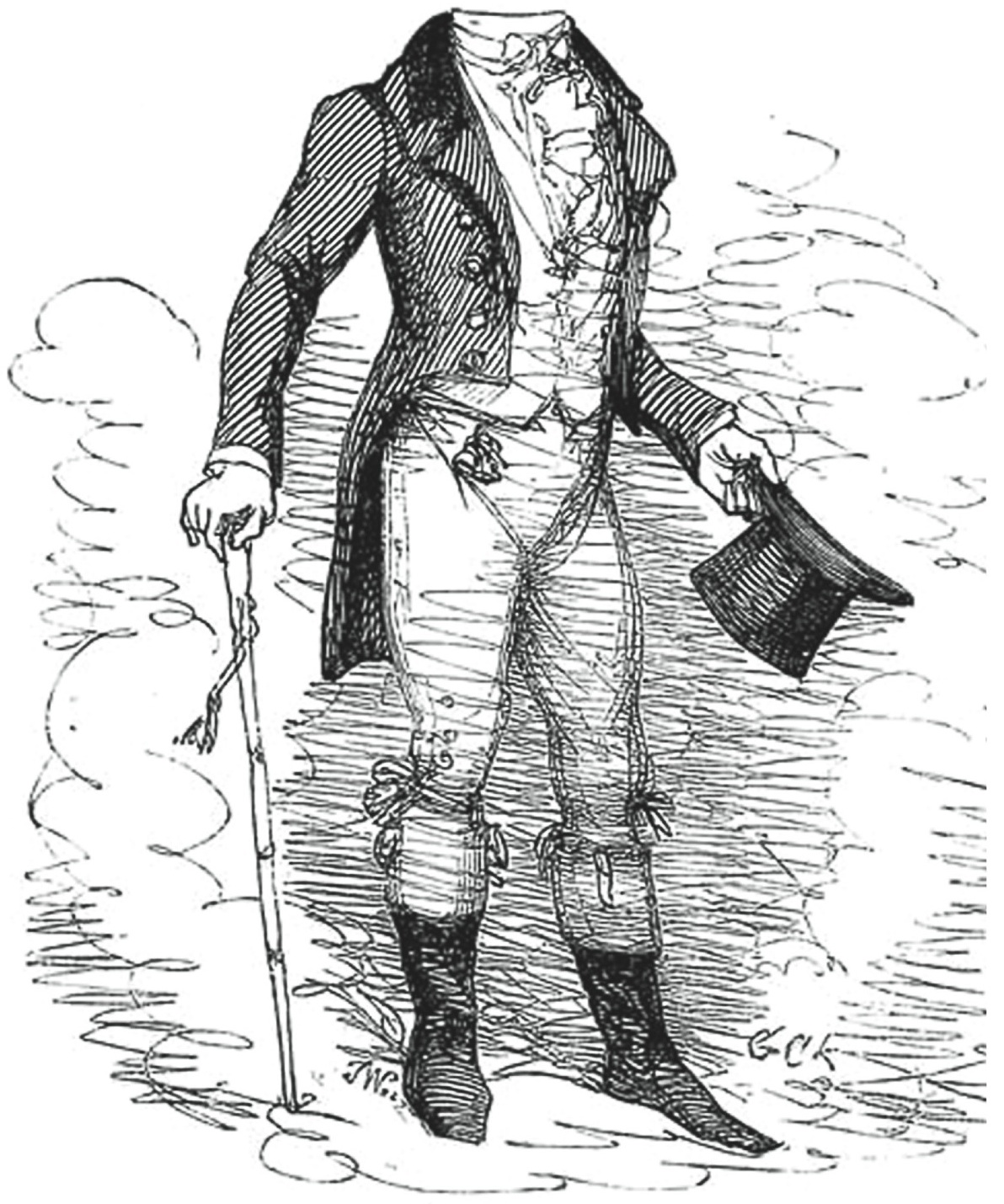

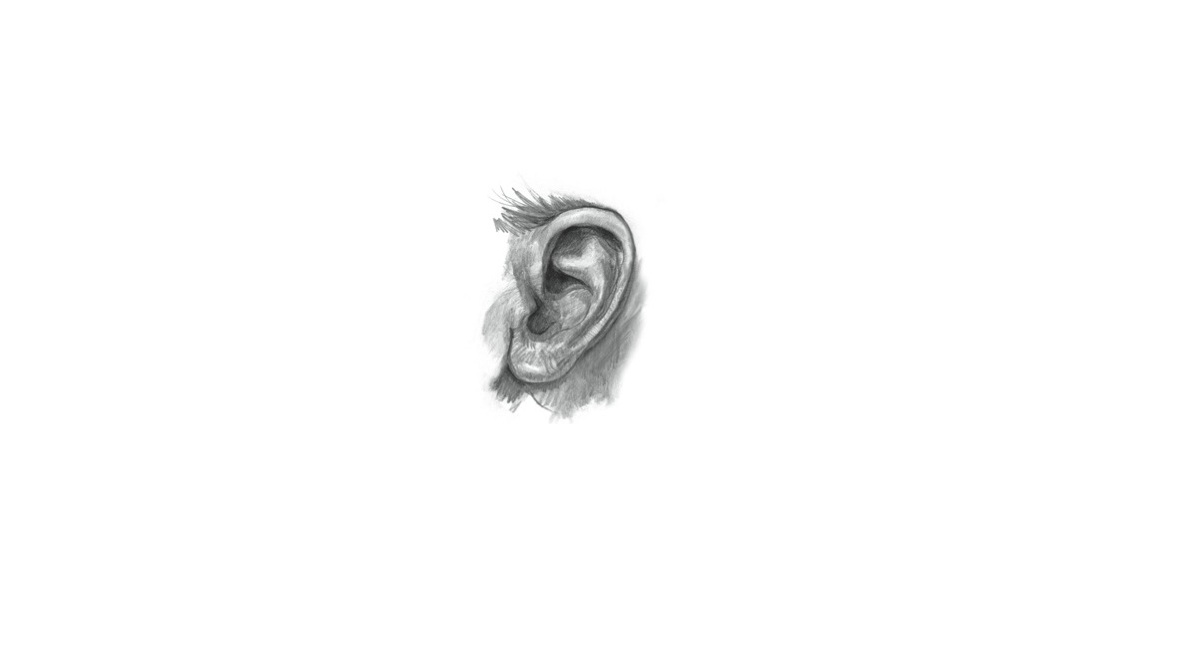



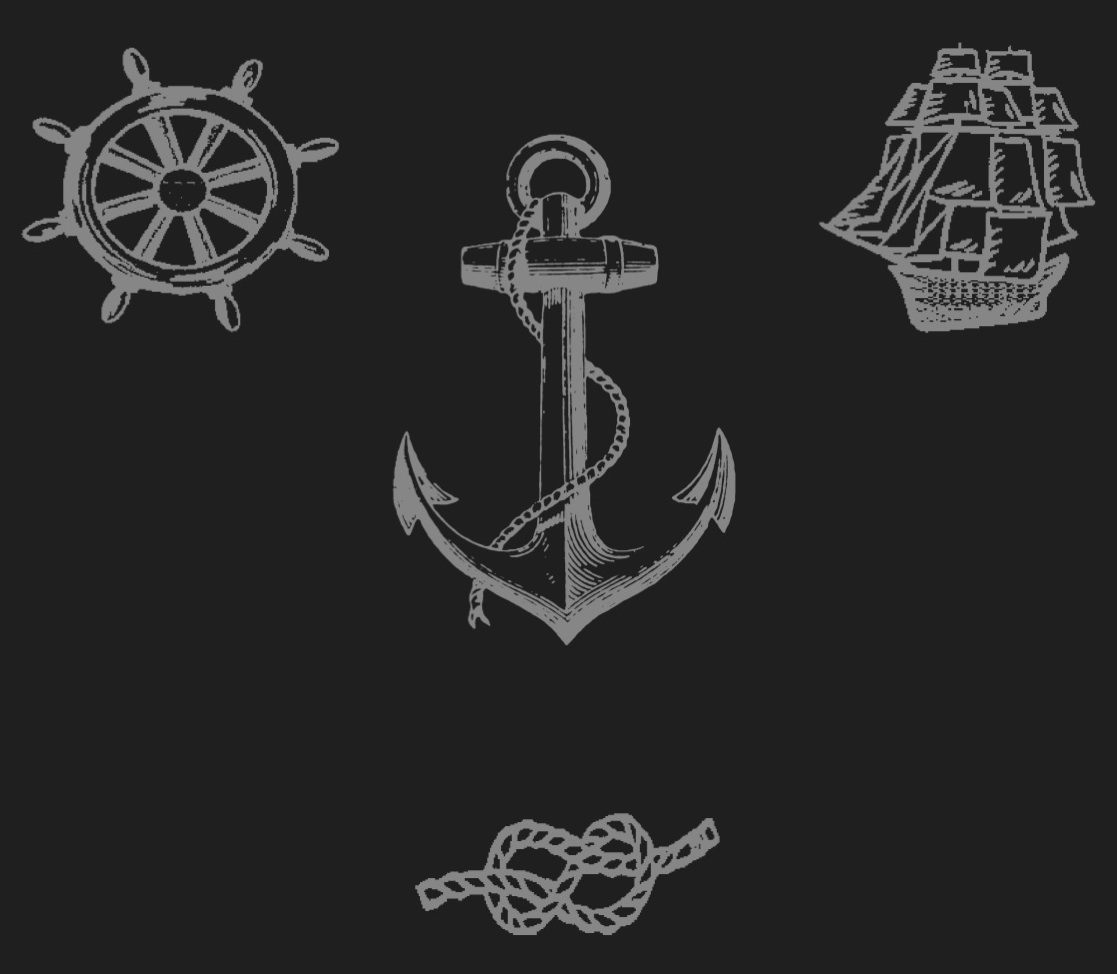

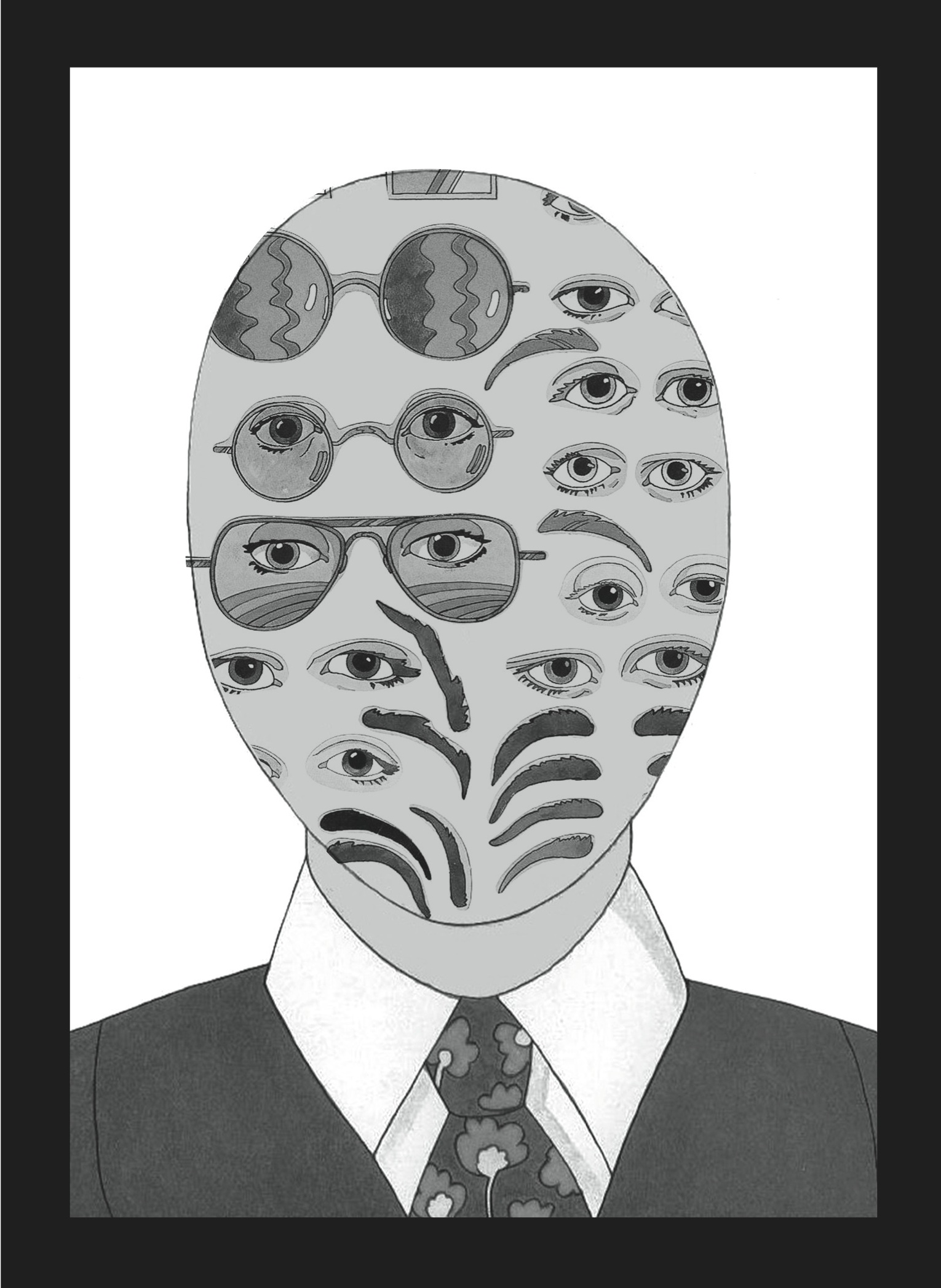

Frank Gado | August 14, 2014 at 10:59 pm
And what food did the centaurs eat?
What massive silliness! I have read Moby-Dick at least 50 times (every term I have taught the novel), and although I can tell you what Ahab doesn’t look like (certainly not Gregory Peck or Patrick Stewart)I really have no picture of him, or Ishmael, or Starbuck, or, or, or. If told to draw a character (I am a terrible artist), I can try to interpret an impression that I have not sketched in the course of my reading, but the face I have sketched is still not the character. I don’t picture rooms, either, or anything else in the writer’s description. The description evokes a feeling, not an image. Am I weird,or is Mendelsund? Perhaps what I have gained from this discursive article is a realization of why I do not like covers or illustrations that present images of the characters. That conveyance of a sense of the character is between the author and me, and I resent the intrusion of an image by a third party. It’s like a threesome in which the extra participant yammers away in explaining what I am supposed to be feeling.
Mick Sherman | August 15, 2014 at 1:31 am
What do we see when we read a Shakespeare play? A movie? Characters on a modern stage? Characters on an Elizabethan stage? Surely the answer is, none of these.
Nathan Comiskey | August 15, 2014 at 5:31 am
@Frank Gado – I am not sure how this is silly.
I for one can relate to this analysis of how the imagination is at play during the act of reading. Unbound from its meaning a word has no value as is simply a symbol that has no reference, so when we are reading we are engaging in a construction of significance from a set of symbols. This significance will take many forms – logical forms, emotional forms and also perceptual forms, ie what things sound like, taste like and yes what they look like. I find Mendelsund’s analysis of the perceptual reconstruction of texts very recognisable from my own experience as a reader – the mind briefly constructs an image, a smell, a sensation that then disappears to leave a series of faint impressions that build into the flow of reading. Further, I can remember distinctly some images that have arisen in my mind from books I have read years ago, such as the smoke from fires set around fruit trees to prevent frost in Checkov’s Black Monk. I have never seen with my own eyes this exact scene but my mind constructed this via several disjointed images and sensations – smoke, the cold and dark of the night, trees and bonfires – all to create a mental event that has become a memory as real as an event seen with my own eyes.
RobertStyles | August 15, 2014 at 7:33 am
I am Ishmael.
Michael Todd | August 15, 2014 at 12:28 pm
I think we construct emotional images as we read, and particularly as we remember. Unless I have a photograph in front of me, I have trouble remembering my own mother’s face exactly. I do, however, contruct a sort of emotional memory of her that erases many visual details by combining them with emotions and other senses like the sounds of her voice, and the touch of her hands. That’s how I “know” intimately characters in literature as well–I can “see” them because I hear them, feel their emotions, and think their thoughts. And, yes, I can almost smell them sometimes.
EvelynU | August 15, 2014 at 4:06 pm
I agree–and i find that it’s similar in dreams–the characters have a *feel* but often not a look. However, my images of houses or other locations in novels are often based on houses I’ve lived in, and when the rooms don’t match up, it causes some dissonance.
David L | August 15, 2014 at 6:10 pm
What does Sherlock Holmes look like? We all ‘know’, but it is wider popular culture – the drawings of Sidney Paget, the performances of various actors – Gillette, Norwood, Rathbone, Brett, Cumberbatch (?), Downey Jr (?) that tells us. The idea you present, being narrowed down to several characters, needed more scrutiny. What does James Bond look like – I mean, in the novels? What does Rhett Butler look like in the novel?
SteveB | August 16, 2014 at 2:15 am
@ RobertStyles:
You don’t look like him at all.